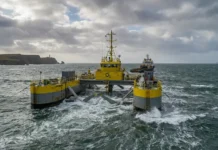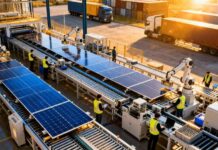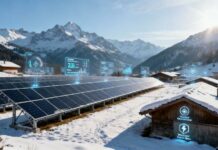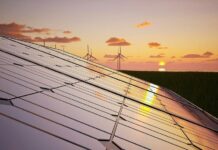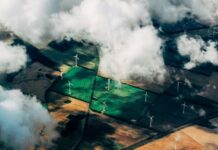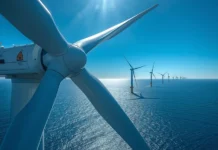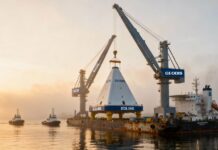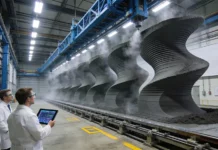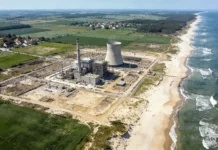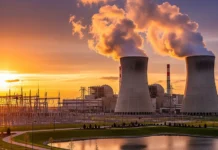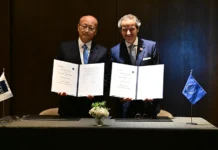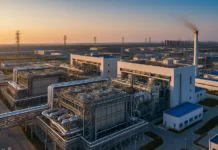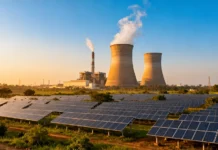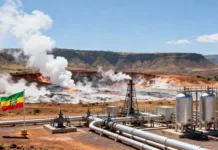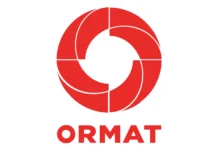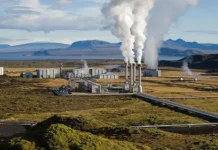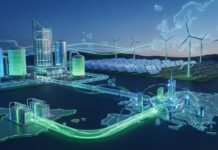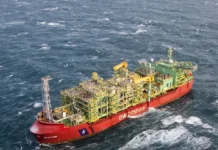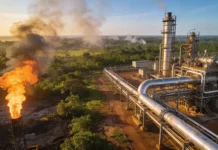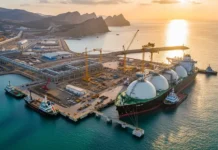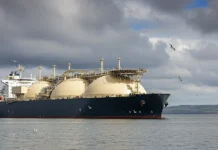Dong Nai is a major industrial complex, with about 100 major plants and enterprises. The Dong Nai river runs across the province for nearly 300km. EVN (Electricity of Viet Nam) began work on five hydroelectric projects in late 2004, and they are expected to be complete by 2010. The two projects are part of the Dong Nai River master plan that has been financed by Japan Bank for International Cooperation. They will have an average output total of 1.7 billion kWh.
Project development
In February 2008, Lilama (belonging to Viet Nam Lilama Corporation) and EVN signed the contract for two packages of hydro-mechanical equipment for Dong Nai 3 and 4. The contract included design, fabrication and testing at the workshop, finish, packing, transport and insurance of the hydropower equipment for Spillway, Intake, Lining Steels of tunnel and Draft Tube Gates.
“Cavico was also appointed lead contractor for the Dong Nai 4 tunnel works.”
Cavico Hydropower, a wholly owned subsidiary of Cavico Corporation, constructed the main tunnel for Dong Nai 3, which is 655m long and 8m in diameter. The River had been previously diverted through three diversion culverts. Cavico was also appointed lead contractor for the Dong Nai 4 tunnel works. After open works excavation, portal shotcrete, PC Anchoring and other preparations, the company began the Dong Nai 4 inlet excavation in March 2007.
The tunnel is 2,350m long and 8m diameter, and the construction feeder alley tunnel No. 1 is 575m long and 5.3m diameter.
Malcolm Dunstan & Associates acted as consultants on the detailed design of Dong Nai 3 and 4, after signing a contract with PECC2 and Colenco / MD&A. The two projects are the sixth and seventh RCC (Roller Compacted Concrete) dams above 100m high in Southeast Asia to use MD& A consulting. The total volume of the seven dams is 28 million m³ and the heights range from 110 to 235m.
Vietnam power market
Vietnam has oil, gas and coal but nearly half its power is generated by renewables: particularly hydro, biomass, solar and geothermal. It is a net energy exporter, mainly of crude oil and coal. It has no refineries, though, so it imports most of its domestic consumption. Vietnam’s electricity demand is forecast to grow 15% per year until 2010, and the country is buying power from China to prevent shortages. It is also building a number of new power stations.
“Foreign companies are increasingly entering the growing Vietnamese power market with BOT (Build Operate Transfer) projects.”
The state power company, EVN is over the next ten or twelve years developing a national grid by connecting together several regional grids. A North-South power cable transmits electricity from the Hoa Binh hydropower plant in the North, to large population centres in the South to reduce electricity shortages in Ho Chi Minh City. By the end of June 2005, the National Power Grid had reached all the provinces.
The electricity industry in Vietnam is owned by the government. In 2004, it started establishing a domestic competitive power pool. It holds a monopoly in transmission, construction and operation of large-scale hydro and nuclear power plants.
Foreign companies are increasingly entering the growing Vietnamese power market with BOT (Build Operate Transfer) projects, though.
Cavico Corporation is a Vietnamese company working in infrastructure development, including the construction of hydropower facilities, dams, bridges, roads, mines and urban buildings throughout Vietnam and the Pacific Rim. Cavico Hydropower is a wholly owned subsidiary of Cavico Corporation.



